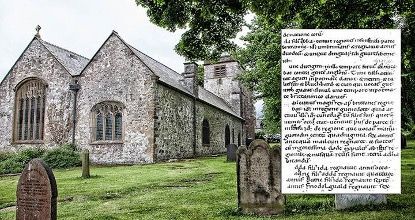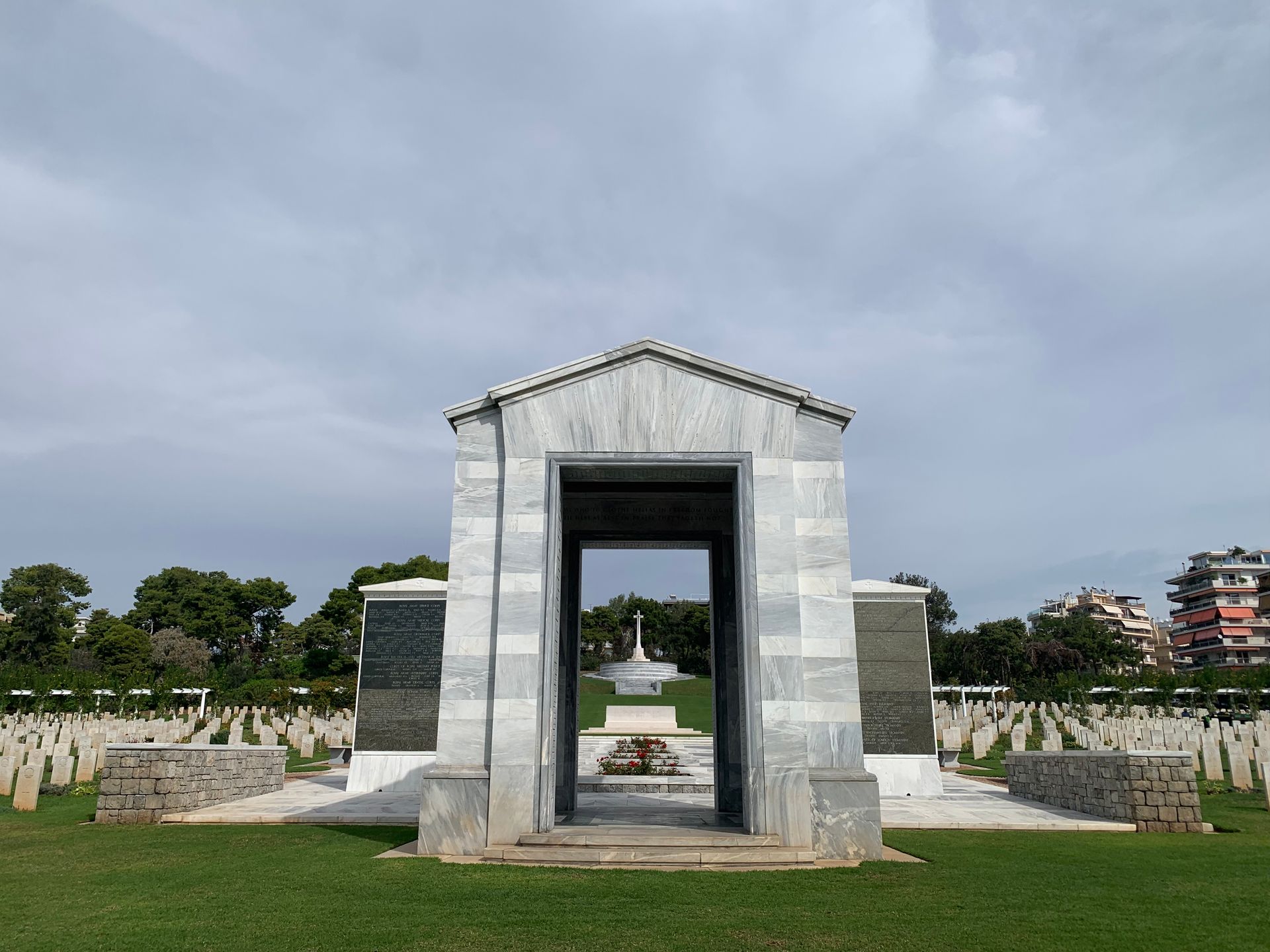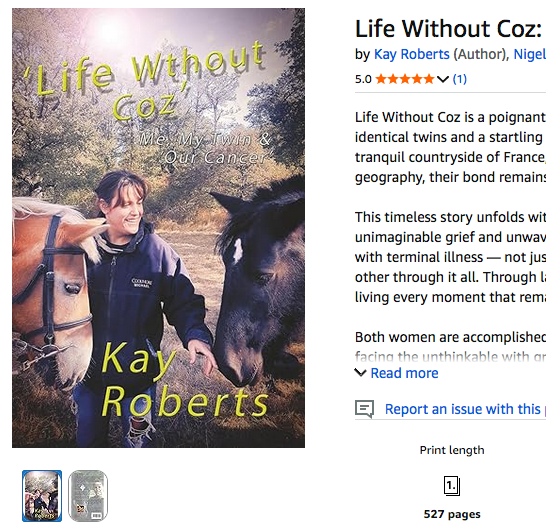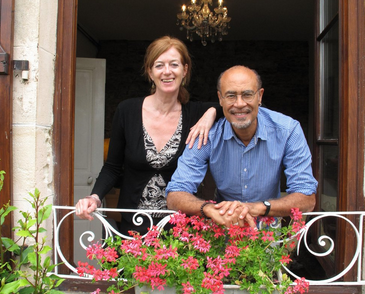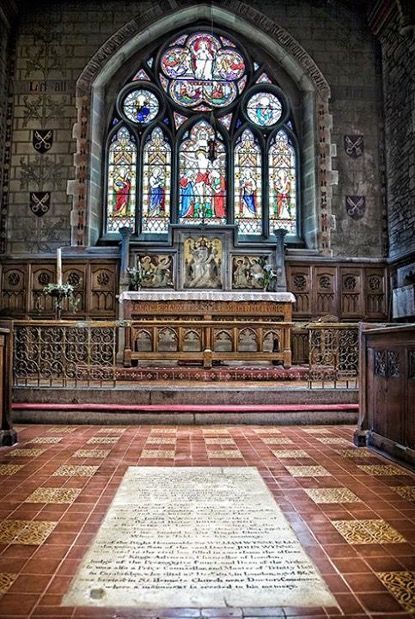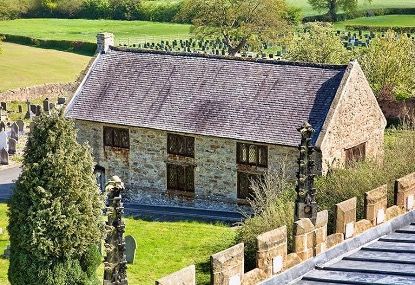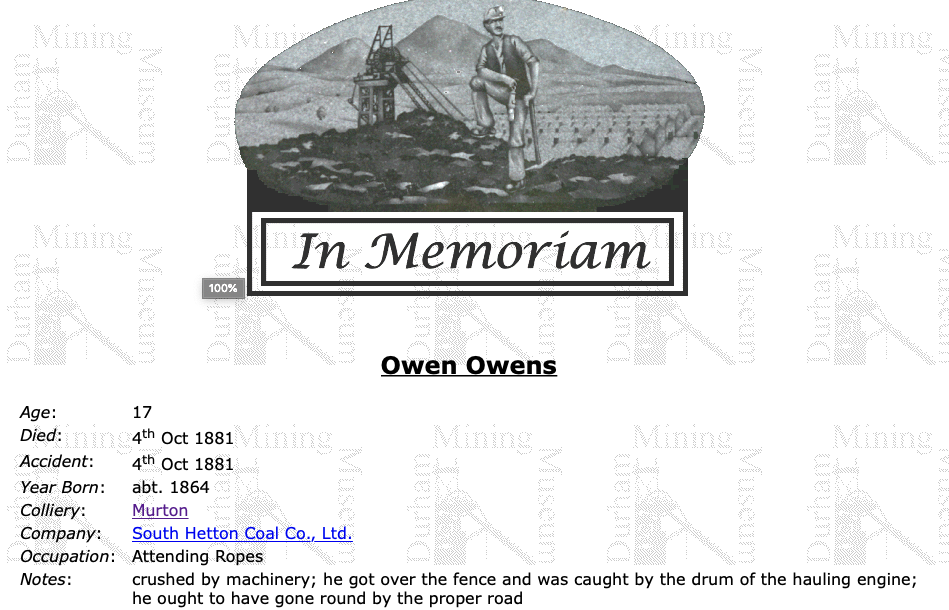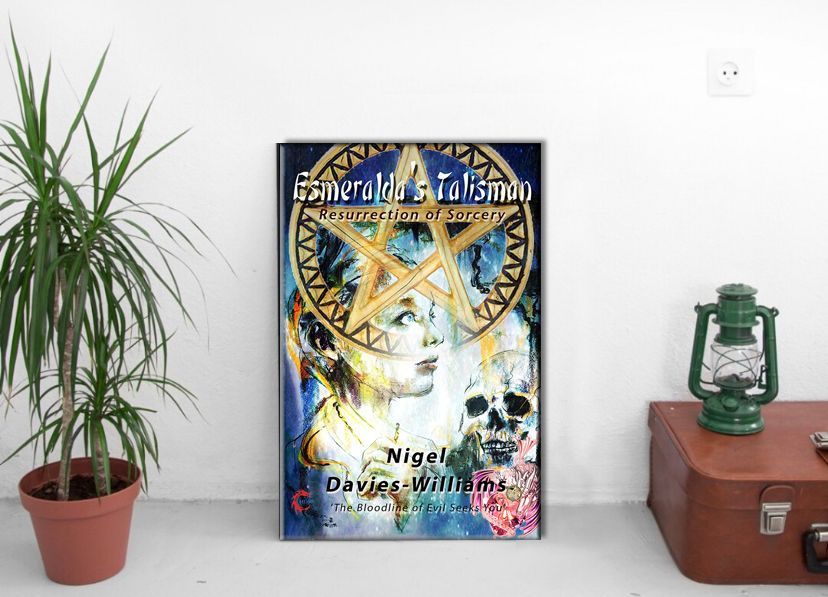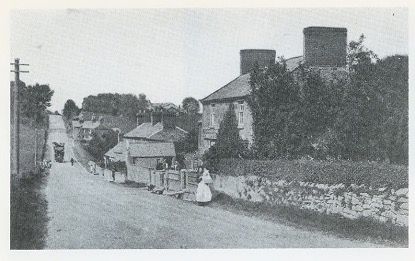The church at Cilcain dates from the 14th century but a carved stone basin found on the site, thought to be the remains of a Norman font, suggests the existence of a much earlier structure. The roof, regarded as one of the finest of its type in the country, was not made originally for this building and is reputed to have been brought here from Basingwerk Abbey, near Holywell, after the dissolution of the monastery there.
Less well known is the fact that Cilcain Church has this great link with Northop Church through St. Eurgain.
As I've mentioned previously, it is recorded that Eurgain was the niece to Asaph, the second Bishop of the See, which, after his canonisation, during the latter part of the 6th century, dropped the name of Llan-Elwy and assumed that of St. Asaph.
Eurgain was brought up and educated by her uncle, Asaph, and during the general persecutions which at that time assailed the Christian religion, she retreated to the Flintshire area, firstly going to the vale under Moel Famau, where she built a cell and lived in solitude and devotion. For sure this location is Cilcain.
Eurgain reputedly established the church there; adjacent or close to her cell. Therefore the meaning of the village ‘Cil Cain’ is the Cell of Eurgain.
The final resting place of Eurgain is thought to be in Criccin, about a mile from the town of Rhuddlan where there is large tumulus and the medieval base of a stone cross which was excavated only as recently as 2000.
Pictured is Cilcain Church and inset is a page from the ‘Harleian Genealogies.’
This is where much of the information can be found on Eurgain - the old texts being a collection of Old Welsh genealogies preserved in the British Library.
#welshchurches #northop #history #cilcain #eurgain #flintshire #wales

